Explainers ·
What are crown-of-thorns starfish?
Crown-of-thorns starfish, or COTS, are a significant threat to our Great Barrier Reef. While they are a native species, they eat large quantities of coral and can cause irreparable damage to our Reef if left unchecked.
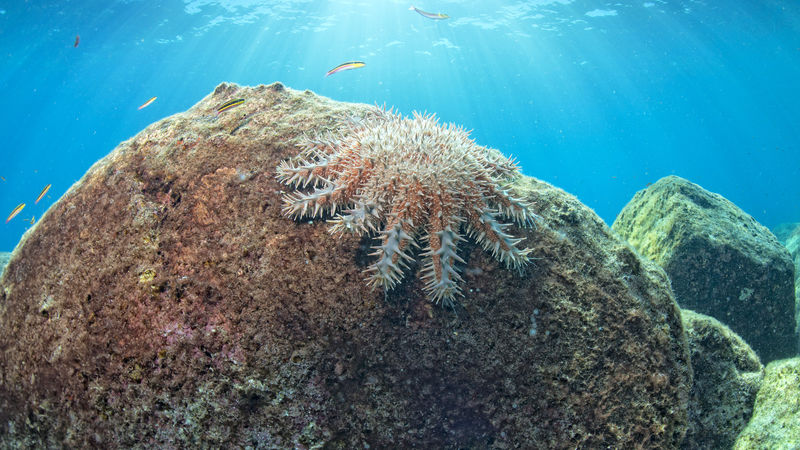
Crown-of-thorns starfish are marine invertebrates that feed on coral, with each starfish eating up to 10 square metres a year.
With long, needle-sharp spines covering their bodies, they’ve got built-in protection from predators.
When the coral-eating starfish appear in outbreak proportions – classified as 15 or more starfish in one hectare of the Reef – the impact on coral reefs can be devastating.
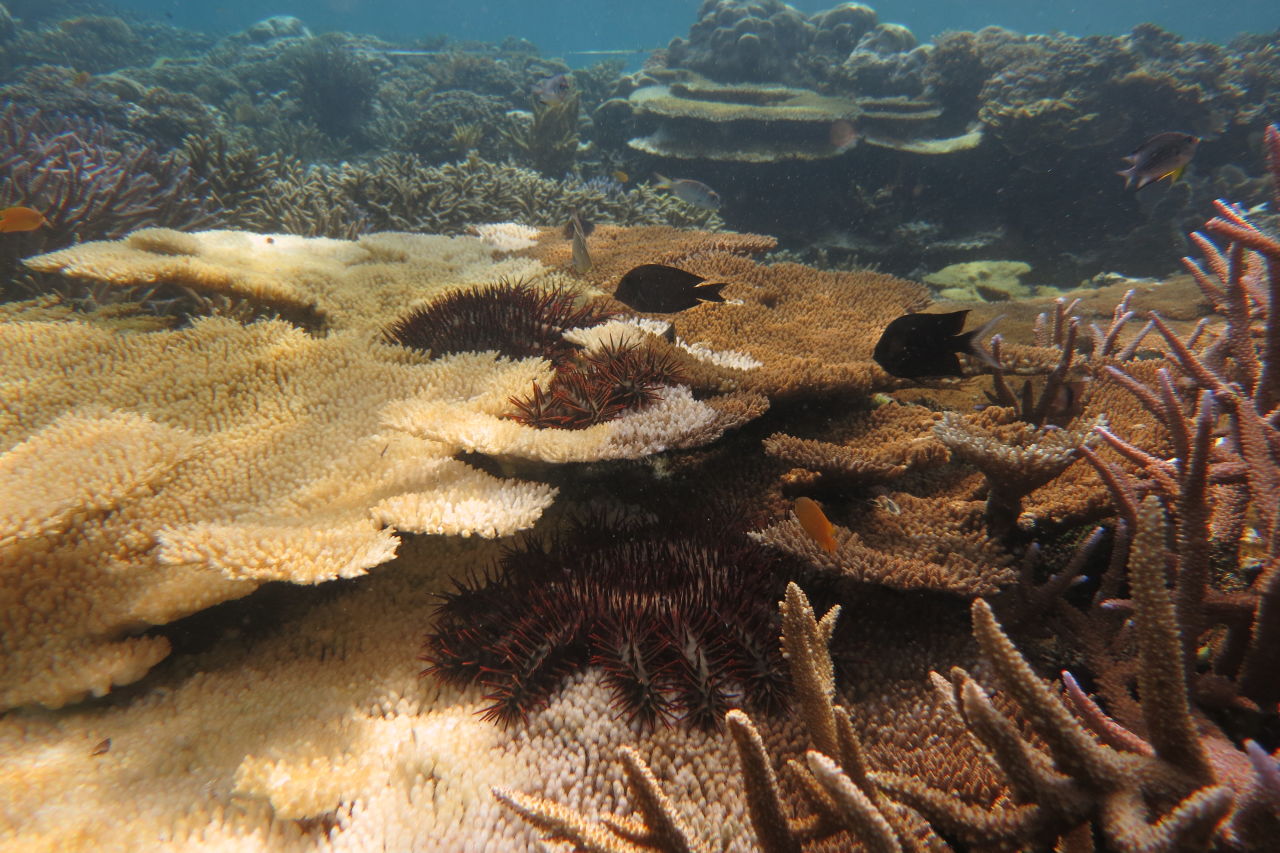
COTS strip corals of their living tissues, exposing their white skeletons. Credit: Mary Bonin
Why do we need to control COTS?
Our Reef is experiencing its fourth major COTS outbreak since the 1960s.
COTS are one of the greatest threats to our Reef and a leading cause of coral loss over the past 40 years. When an outbreak occurs, the starfish can strip a reef of 90% of living coral tissue.
Healthy reefs can recover from outbreaks over time, but corals that are already vulnerable to bleaching and water pollution can struggle to survive.
While these animals are native to coral reefs across the Indo-Pacific, including the Great Barrier Reef, we need to control their numbers to protect the Reef.
Minimising the impact of COTS outbreaks through direct local action is widely considered one of the most effective ways to improve our Reef’s long-term health and resilience in the face of climate change.
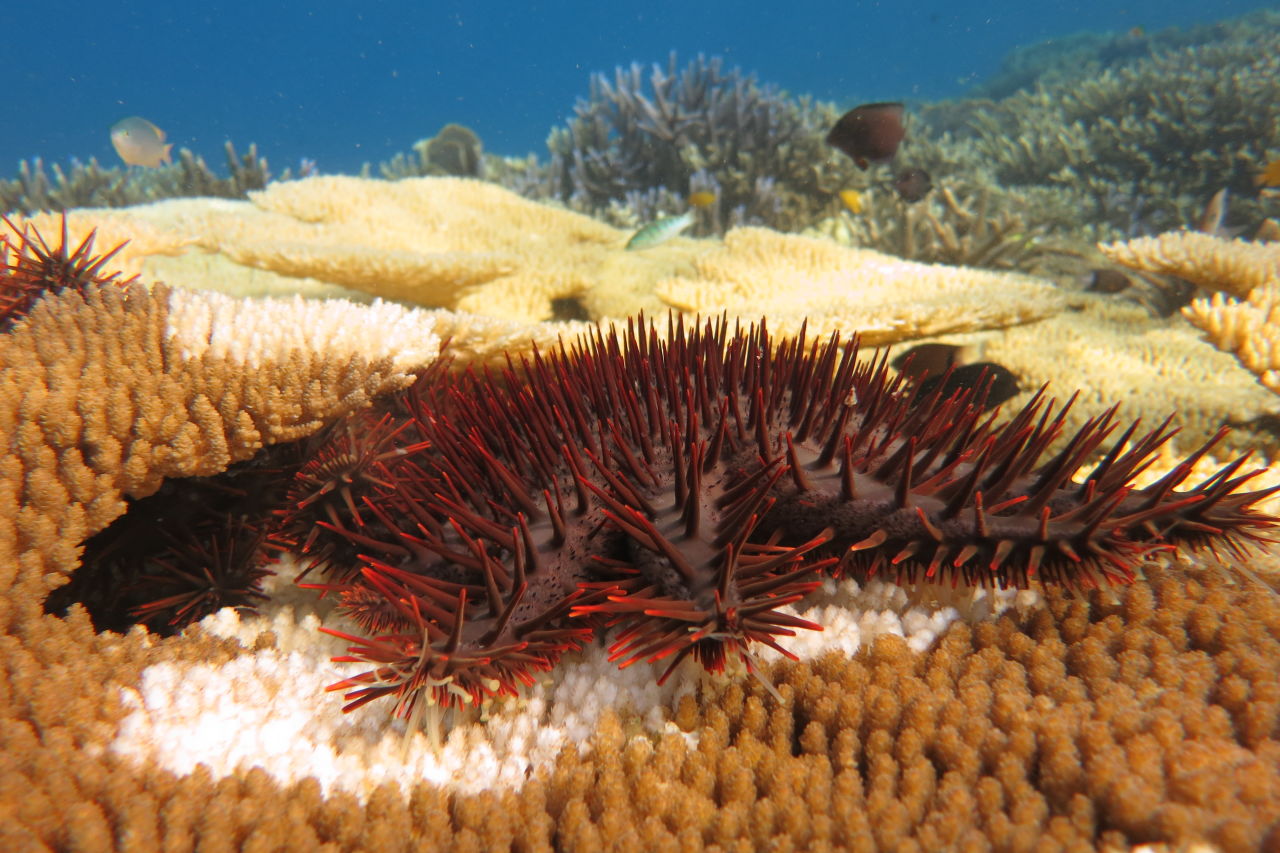
COTS have long, needle-sharp spines to protect them from predators. Credit: Mary Bonin
How do we control outbreaks?
On the Great Barrier Reef, we reduce outbreaks using a targeted COTS Control Program, with trained divers injecting the starfish with bile salt (made in the liver of oxen) or vinegar. This kills the starfish but doesn’t harm the surrounding ecosystem.
Deciding where and how to control COTS outbreaks is key. With our partners, we’re advancing the technology that helps us decide when and where to intervene to best protect coral reefs, ensuring every decision is impactful and effective.
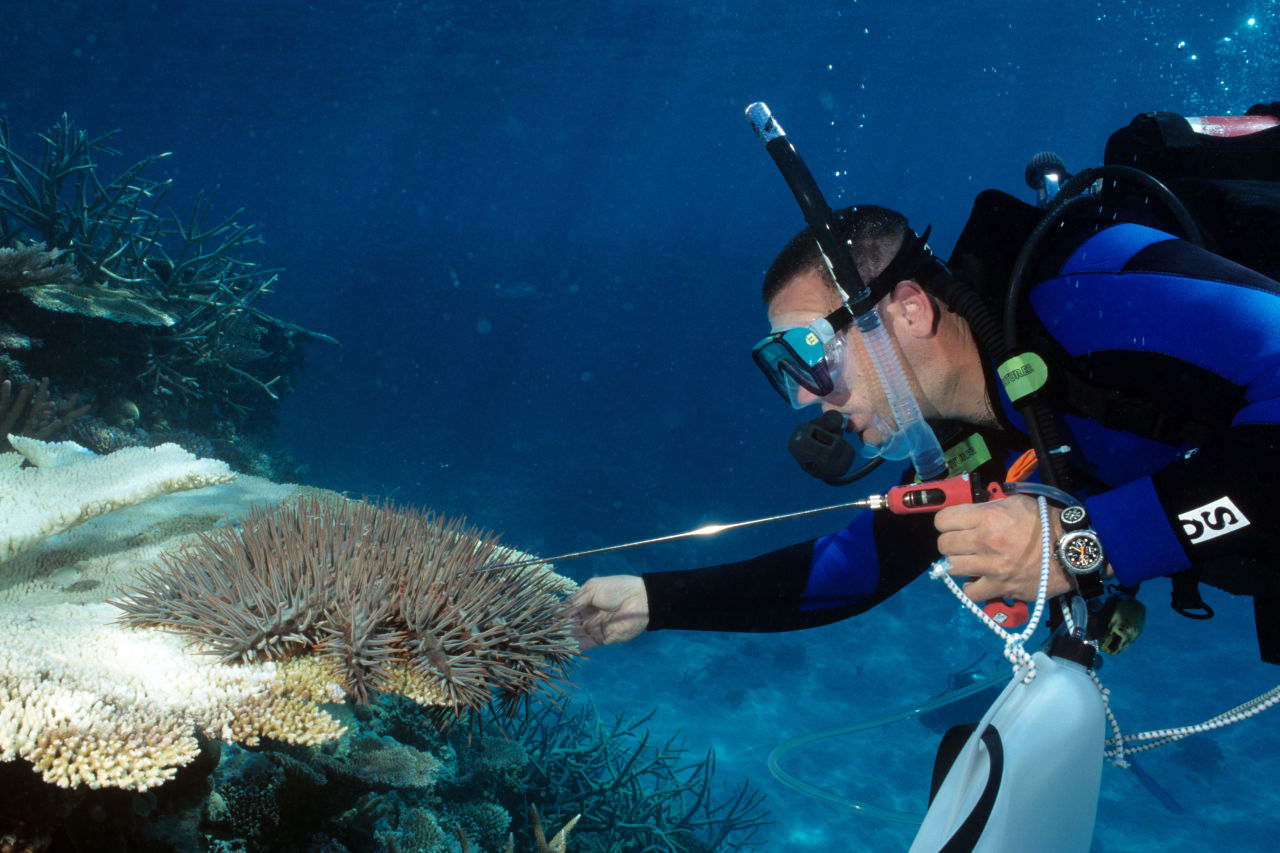
Trained divers carefully cull the starfish without harming other marine life. Credit: GBRMPA
What’s next?
We’re bringing together Reef managers, Traditional Owners, scientific experts and the local community to pioneer the most effective and efficient methods of controlling COTS outbreaks to protect our Reef and its inhabitants for generations to come.
Find out more about the work we’re doing to control COTS here.
#Related

Explainers ·
What is coral spawning?
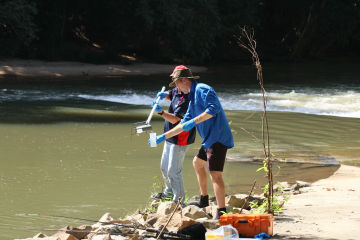
Explainers ·
Uncovering hidden species with eDNA
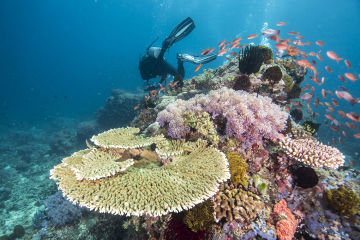
Explainers ·
What is biodiversity and why is it so important?
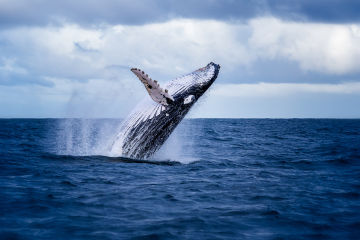
Explainers ·
